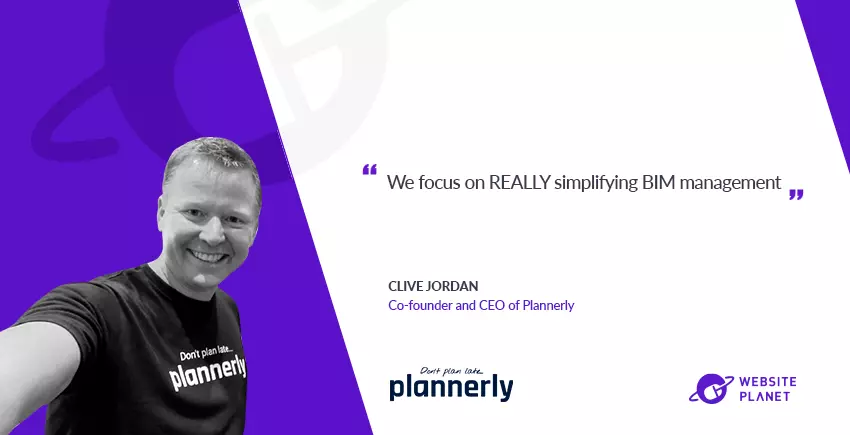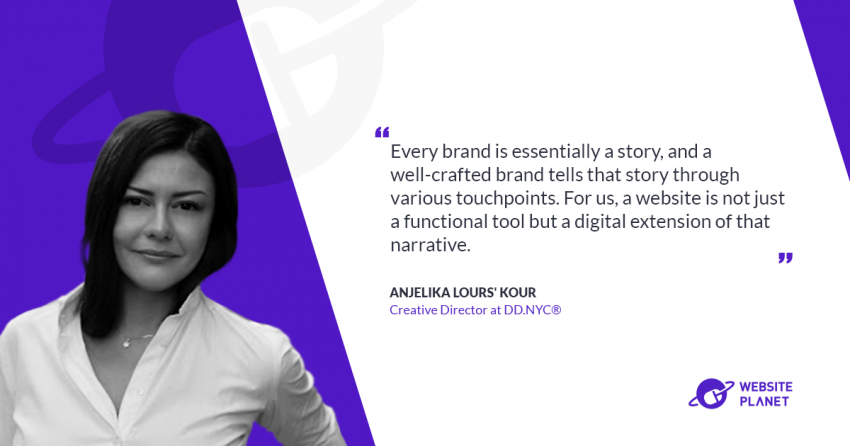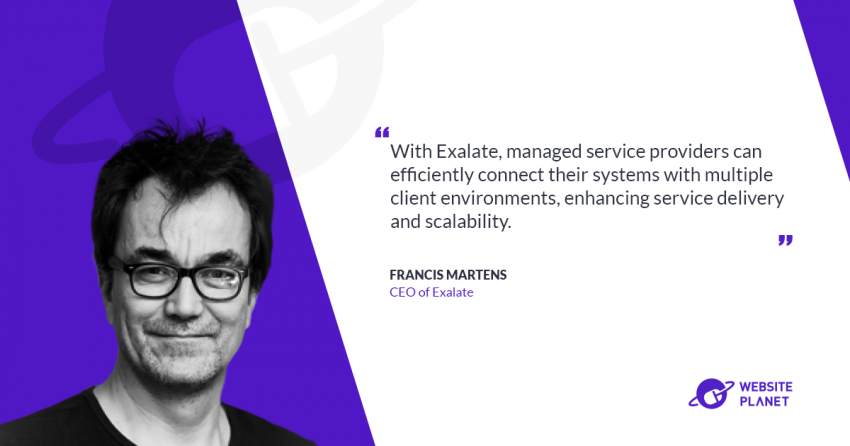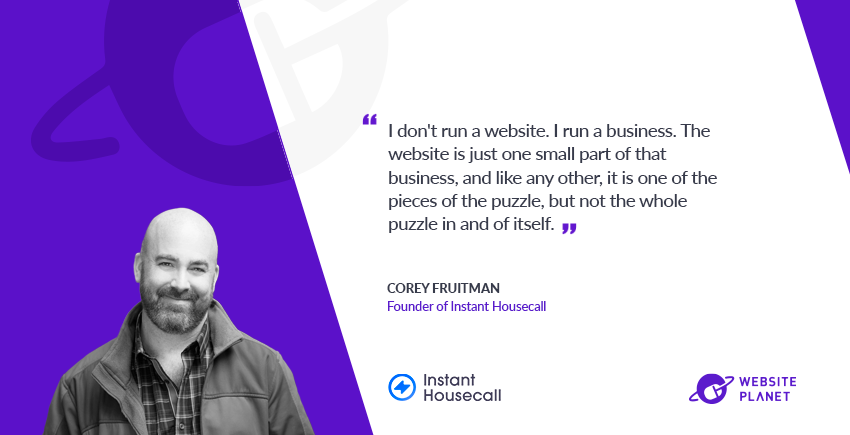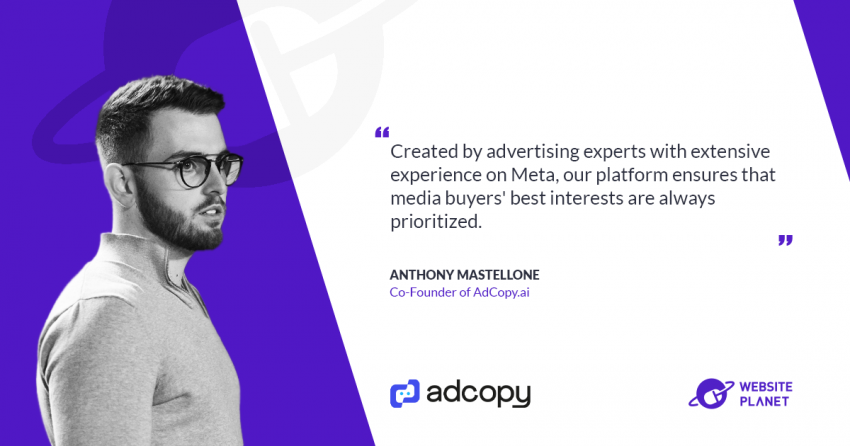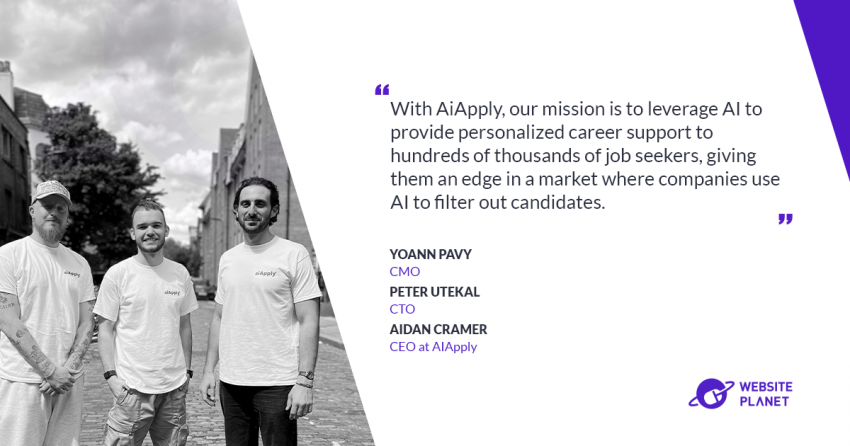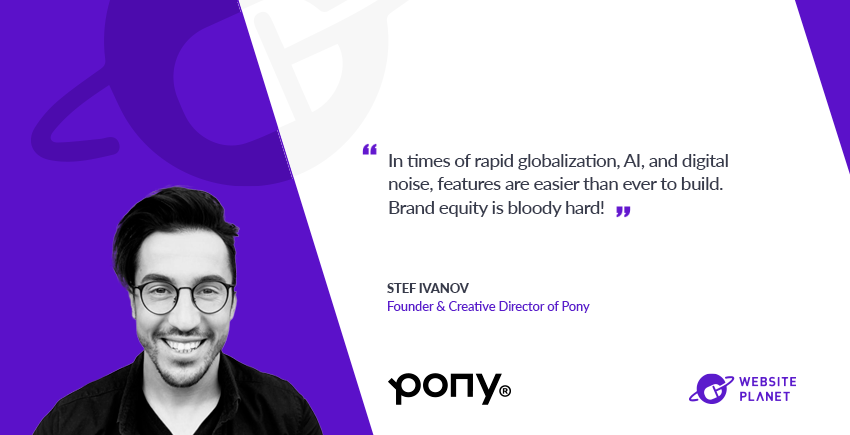This week,
Website Planet‘s Roberto Popolizio had the opportunity to interview Clive Jordan, the Co-founder and CEO of Plannerly, a cloud-based BIM management software trusted by over 55,000 users in 100+ countries, and is already adopted by the top BIM management programs around the world.
We looked at the original idea and story behind Plannerly, discovered the features loved by Amazon and other innovative companies, and lastly got some insights in the future of the design and construction industry from Clive.
Please present Plannerly to our audience.
Plannerly is an advanced project management tool dedicated to professionals who use Building Information Modeling (BIM is a process for better information management using 3D models). We offer the most simple approach to planning, management and compliance by combining cutting-edge technology with integrated workflows.
We focus on REALLY simplifying BIM management. Instead of it being new, complex and difficult, we provide templates out-of-the-box and the most intuitive user interface to make every one of those advanced tasks super simple. That’s our focus: making project management really simple for everyone!
Can you make a couple of examples of advanced tasks?
So it used to be that people would, for design and construction projects, create 2D drawings and those drawings would be simply flat and not very intelligent. Not much information and it would be really difficult to understand what was on the drawings. It took really detailed professionals to be able to do something with those drawings.
However, now projects are starting to use 3-dimensional design, that, when you draw a wall, that wall will have dimensions, it will have a different finish, maybe it will need to be painted every three years. All of that data can be part of that object.
That’s what we are able to do: plan and make sure that teams are designing and receiving the right information at the right time so that everyone can do their own tasks more efficiently. For example, instead of having to take a set of drawings and take quantities off, and then use those quantities in another application to get the cost.
We are able to plan for how those walls will be designed, how their quantities will automatically be calculated and also automatically verified before errors are made. We help teams to plan early – hence the company name, Plannerly 😉
We help teams to plan, manage and control their complete Building Information Modeling process.
Who is your typical customer? What kind of problems do they have when they come to you?
Our clients are in the design and construction fields.
Actually, the design and construction industry is nearly $15 trillion per year. It’s one of these things that we take for granted because we live in a house, or we go to a university, or we go to an office building, or we drive on the roads… But all of those things need somebody to do the design, somebody has to manage and put in place and so on. It’s fascinating that we generally as a public take those things for granted, but without the design and construction industry we wouldn’t have sanitation, we wouldn’t have roads and bridges and sea defenses and a home. We wouldn’t have a home!
One of our customers is Amazon, who builds data Centers for example, and some of our customers are design teams that are designing those data centers, and then some other customers are contractors that are building the data centers. All the time they’re managing information about what will be built, and when that contractor delivers at the end of the project, they want to deliver good information back to the owner.
Because they’ve used Plannerly, they’ve been able to
plan early. So our motto is “don’t plan late, but plan early”, cause if you can plan early, you’ll be able to get the right output and the owner will be happy with the end result.
What is your mission?
Our missing is to make complex design and construction workflows more integrated and simple for everyone.
Think about a tool like AutoCAD – it is drawing lines and blocks and copying an array and all of those different ways, but it’s very manual and when you want to draw a wall, or you take a cross-section, you have to draw the whole cross-section.
In BIM, in 3D modeling, if you draw the walls and you draw a roof, you just slice the building and it will automatically create the cross section, so you don’t have to draw that manually, and then when you move a wall it will update the cross-section as well. This model really gives you a lot more optimized design. It makes it quicker and easier to do the design and get the information you need from it. You don’t have to manually draw every single element when something changes, it just updates automatically.
So instead of having to take quantities off by using a ruler or highlighting on a with a pen and quantifying, you’re able to press a button and it will list all the quantities. But that will automatically get your pricing and a much more optimized way, and what we do is help teams to know what to build in the model and when they’re going to do it and who has to do it, how much detail has to go in there.
And that is the mission – to make that simple because it can be a very complex and a very difficult and reliant on many handoffs between multiple companies. You can have multiple design teams, multiple contractors, lots of different subcontractors, and if you have to work together, you need a good plan otherwise everyone’s going to do lots of different things and waste time and have wasteful rework.
What tools did your clients use before Plannerly?
Our clients come from using Word documents and Excel documents that are PDF’d and sent on emails for review. Unfortunately, this workflow is so broken as the documents never truly get agreed to. What we do is combine all of these steps and focus on getting true agreement between multiple parties working on the same project. We have the combination of the best parts from Word and Excel and PDF and Trello and many BIM tools. We even have integrated online e-signatures for smart contracts, all combined into one platform, so you don’t have to buy, connect and manage all of these different tools.
You can have smart templates that make it really quick to create and to generate documents (with one click!) that are populated from SmartFields in your database, so you don’t have to do find and replace inside of word documents and it automates that workflow so that you can spend time on value creating tasks which are communicating with the teams and make sure that everyone agrees to the things that they are assigned for in the contract. Instead of using Word and Excel and PDF and email, you’re using one system to be able to do that agreement side.
The other piece is that we connect the deliverable to automatically verify that they meet the requirements. So when someone submits a 3D model, that 3D model can be automatically checked against the requirements. Instead of wondering whether the design meets the requirements, users can automatically check that the design meets those requirements so that you can rest easy, you can sleep well at night, and it means that you don’t have to think about all of these additional tools and workflows and gaps in that quality assurance process.
What do you see in the future of your industry?
We see machine learning, AI and Digital Twins.
Creating a smart city with buildings that are intelligent and not only understand where the rooms are too hot or too cold based on the comfort of the occupant, but also capable of understanding whether the HVAC system that’s supposed to be heating or cooling is needing maintenance. And if the warranty is still in place for the cooling unit, then who is called out to maintain it, and can they be one click away so that we can get the right person that still has the responsibility to maintain that?
And how do we see that from a maintenance perspective? How do we monitor using sensors on all the objects in a building and seeing when their power consumption suddenly spikes? That might mean that they need to have some additional preventative maintenance.
So you’ve got the virtual world of the 3D model connected to the physical. In the physical world, the real world, you’re able to say this object is tied to this virtual object, and I’m monitoring all of these key performance indicators from each of these objects in a Control Center. Rather than just seeing the data months later in your utilities invoices, you’re seeing it real time and being able to make decisions based on that. So that concept of a digital twin is a big thing for our industry.
If you need a digital twin, you must plan early in order to be able to make sure you get the right 3D model, you get the right sensors, you get the right objects, you get everything needed in the place, and the right people at the right time to create you the right digital twin.
Lastly, what’s in the future of Plannerly?
Well, we’re very proud to have recently released a couple of industry-firsts and super excited about the upcoming Plannerly payments!
We just released a completely integrated workflow for something called COBie. It’s basically an exchange format of data for handover at the end to the owner. We are the first in the world to commercially release an export for something called the IDS xml (IDS stands for Information Delivery specification). It’s something that we’re working with buildingSMART International, a key driver of standards in the building industry. The IDS export from Plannerly helps teams share machine-readable BIM specifications with lots of other AEC tools.
Another exciting development project is how we plan to simplify payment processing across the entire Architecture, Engineering and Construction. Plannerly already holds the keys for who should do what and when, and also have the automatic verification piece.
Later this year, we will process payments associated with these tasks. I mentioned $15 trillion of payments is quite something. Sadly, a lot of companies in this industry still have fax machines and they are still sending checks to each other as a form of payment.
We will be able to manage the payment for when something gets designed, when something gets installed, when it gets commissioned and understanding that there are payments for every single one of those objects in the model at certain points. Just checking a box in Plannerly we will initiate what we call micro payments.
So instead of waiting for months to get paid, teams will get paid immediately. There will be instant gratification for the teams that are doing the work because when somebody says “yes, I approve that you’ve designed/installed/commissioned these pipes in this room”, they will get instantly paid for that work. This will keep people on target and really optimize the construction industry by providing more incentive for teams to do the right thing.
We believe that there’s a real need and an unserved demand if you can provide a simple solution, so that’s what we’re doing. We’re providing a simple solution to project management and making things as Lean as possible, as optimized as possible, so that people can use these advanced methods and get value from it and benefit from it for their companies.
This workflow has been mostly ignored by the major tech companies in our space.
The most important two pieces are, what is it in the contract, and how can I expedite payments? We’ve got the contracting part in place, we now need to add the incentive side, which is the payment. Making sure that the teams are getting paid and incentivized for what they are delivering.
There’s a disconnection between the work that’s done and the payment that is received. Instead of a team waiting for a €1,000,000 payment on a monthly basis, let’s slice it up: when I check that box, we’re going to pay them €700 and when I check this box, it’s going to be €2000 and when I check this box, it’s going to be €300, and those all add up to that million euros, but it’s in micro payments and it’s connected with when they’re delivering the work and that’s the magic. That’s something that will change that $15 trillion industry for sure.
How are you using your website? Promotion, customer education?
We have a resources page that includes everything from blogs that talk about our industry challenges and how we solve them to the training. So there is a specific training page and a new training course is actually coming out very soon with some very detailed BIM management training as well.
Our training is BIM workflow based, and there are a lot of videos, hundreds of webinars all recorded on the plannerly.com site and also on our YouTube channel. So video is a big medium for us.
We also have 5 BIM bloggers that are writing articles. They release a blog more than once a week and those articles are bringing people in from all around the world. Topics are specifically targeting things like building information modelling as a general idea, clash detection, coordination, different software packages that they can use and more!
